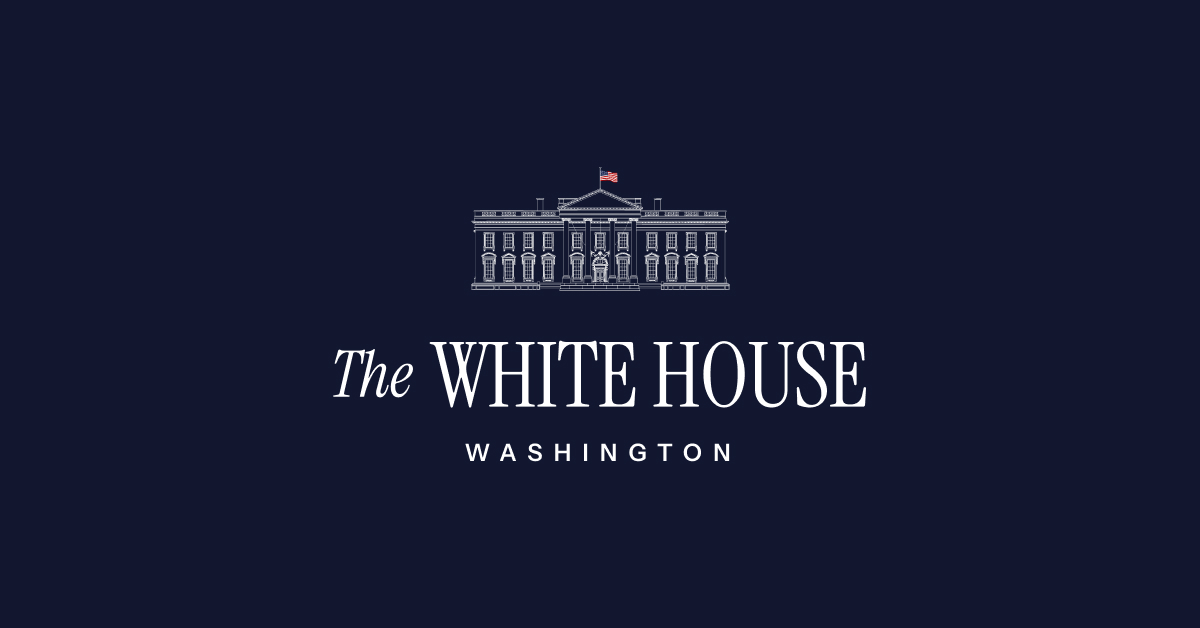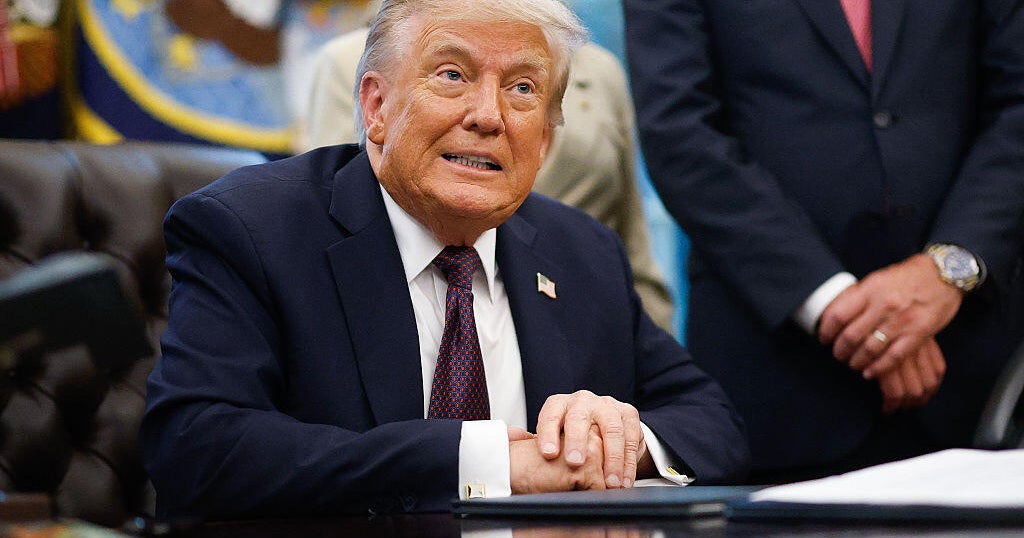## Overview
Antifa—short for “anti-fascist”—is a decentralized, left-wing political movement in the United States primarily focused on opposing fascism, racism, and far-right extremism[1][2][6]. It is not a single organization but rather a loose network of autonomous groups and individuals united by a common ideology rather than a formal leadership structure[1][2][6]. The movement has roots in European anti-fascist resistance, particularly from Germany, but has evolved distinctly in the U.S. context, with the Anti-Racist Action (ARA) network recognized as a key precursor[1].
## Activities and Tactics
Antifa’s activism spans a spectrum from nonviolent methods—such as community organizing, educational campaigns, and peaceful protests—to more controversial tactics, including digital activism, counter-protests at far-right events, doxing, and, in some cases, property damage or physical confrontations[1][2]. The movement’s supporters are typically anarchists, communists, and socialists, though some social democrats also participate[1]. Their primary target is far-right extremism, including neo-Nazis and white supremacists, and they often organize in response to perceived threats from these groups[1][2].
## Historical Context and Achievements
Antifa’s growth in the U.S. accelerated in the 1980s and 1990s with the rise of ARA and later during periods of heightened far-right activity, such as the Unite the Right rally in Charlottesville in 2017[1]. The movement’s main achievement has been its role in mobilizing opposition to far-right extremism, sometimes preventing or disrupting rallies and events organized by white supremacists. However, Antifa has also faced criticism for its confrontational tactics and lack of centralized accountability[1]. According to civil rights organizations, while there have been isolated incidents of violence and property damage linked to Antifa


